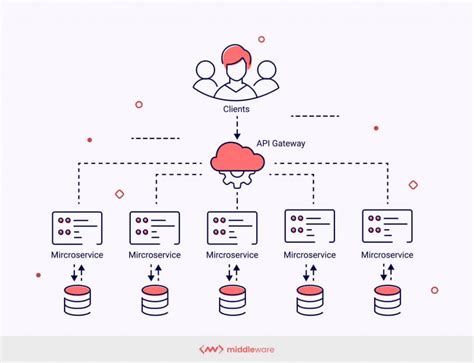In today's fast-paced digital landscape, businesses are constantly seeking ways to innovate and stay ahead of the curve. One approach that has gained significant traction in recent years is the adoption of microservices architecture in app development. This methodology involves breaking down a monolithic application into smaller, independent services that communicate with each other through APIs. In this article, we will explore five ways to modernize apps with microservices, highlighting the benefits, working mechanisms, and best practices for a successful implementation.
Embracing Agility and Scalability

One of the primary advantages of microservices is their ability to enhance agility and scalability in app development. By decoupling services, developers can work on individual components independently, allowing for faster iteration and deployment. This approach also enables businesses to scale specific services as needed, reducing the risk of bottlenecks and improving overall system performance.
Enhancing Resilience and Fault Tolerance
Designing for Failure

Microservices architecture promotes resilience and fault tolerance by allowing services to operate independently. If one service experiences issues, it will not bring down the entire application. Instead, the affected service can be isolated, and the rest of the system can continue to function normally. This approach enables businesses to design for failure, ensuring that their applications remain available and responsive even in the face of unexpected errors.
Simplifying Maintenance and Updates
Streamlining Maintenance with Microservices

Microservices make it easier to maintain and update applications by allowing developers to focus on individual services. This approach enables businesses to adopt a more iterative development process, where new features and updates can be deployed incrementally. Additionally, microservices enable teams to use different programming languages, frameworks, and databases for each service, reducing the complexity associated with monolithic architectures.
Improving Security and Compliance
Securing Microservices with APIs

Microservices architecture can enhance security and compliance by providing a clear separation of concerns. Each service can be secured independently, using APIs to control access and manage data flow. This approach enables businesses to implement robust security measures, such as encryption, authentication, and access controls, at the service level. Additionally, microservices facilitate compliance with regulatory requirements, as services can be designed to meet specific standards and regulations.
Unlocking Innovation with Data Analytics
Unleashing Data-Driven Insights with Microservices

Microservices architecture can unlock innovation by providing real-time data analytics and insights. By breaking down monolithic applications into smaller services, businesses can collect and analyze data more effectively. This approach enables teams to identify trends, patterns, and correlations, informing data-driven decisions that drive business growth.
Gallery of Microservices Architecture






Frequently Asked Questions
What is microservices architecture?
+Microservices architecture is a software development approach that involves breaking down a monolithic application into smaller, independent services that communicate with each other through APIs.
How does microservices architecture enhance agility and scalability?
+Microservices architecture enables businesses to enhance agility and scalability by allowing developers to work on individual services independently, reducing the complexity associated with monolithic architectures.
How does microservices architecture improve security and compliance?
+Microservices architecture can enhance security and compliance by providing a clear separation of concerns, enabling businesses to implement robust security measures and comply with regulatory requirements at the service level.
We hope this article has provided valuable insights into the benefits of microservices architecture in modernizing apps. By embracing this approach, businesses can unlock innovation, enhance agility and scalability, and improve security and compliance. Share your thoughts on microservices architecture in the comments below, and don't forget to share this article with your colleagues and friends!
